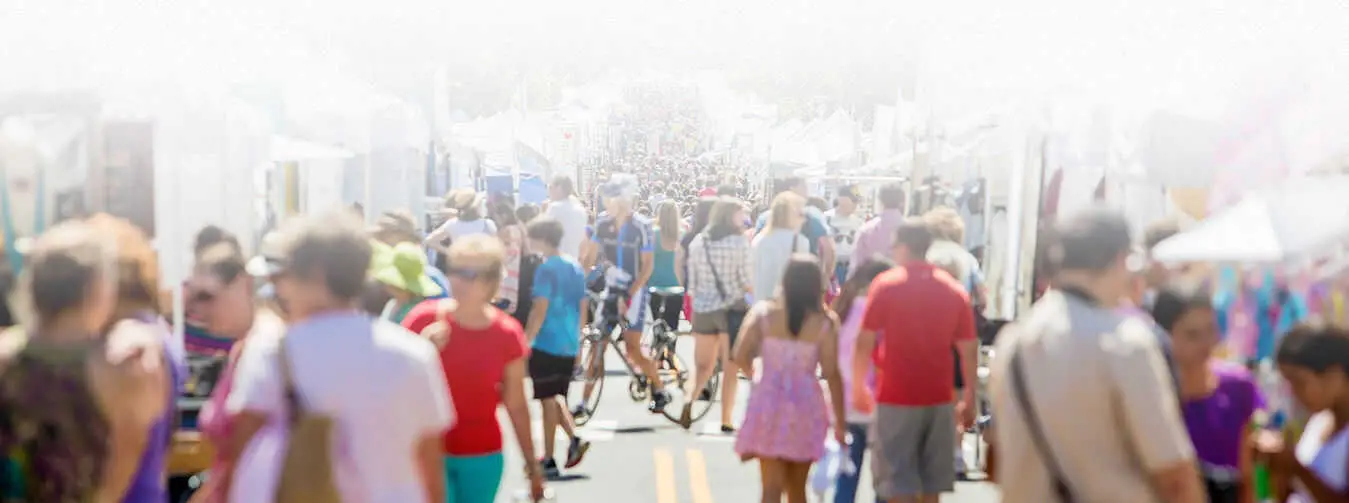Transporting art safely to festivals and fairs is a big concern for artists and collectors alike. Whether you're a seasoned artist or a first-time exhibitor, taking precautions to protect your valuable pieces during transit is essential. Explore practical tips to help you safeguard your art from damage while ensuring it arrives at your destination in perfect condition.
Understanding the Importance of Proper Packing and Transporting Art Safely
When it comes to transporting art safely, the packing process plays a vital role. Selecting the right materials and techniques can distinguish between a successful exhibit and a damaged masterpiece.
Choosing the Right Materials for Transporting Art Safely
Selecting the appropriate packing materials is essential to safeguard your artwork. To start, use acid-free paper, as it prevents any chemical reactions that could damage the surface of your art. Bubble wrap offers excellent cushioning, shielding your pieces from shocks and vibrations during transit. Opting for custom crates or sturdy boxes that fit your artwork snugly ensures that your pieces won't shift during transport. Incorporating corner protectors provides added security, particularly for frames and canvases, reducing the risk of dents or chips.
Layering for Maximum Protection
Layering is a vital technique in the packing process that adds multiple barriers between your artwork and potential damage. Be sure you have the right packing materials, and start by wrapping your piece in acid-free paper, followed by a layer of bubble wrap. Depending on the fragility of the item, you might consider adding additional padding, such as foam sheets, to protect the art further.
Extra padding should be added to the crate or box for delicate pieces. Ensure that each piece is securely packed and there is no room for movement within the container. The goal is to create a protective cocoon around your art that absorbs any impacts during transportation.
Transporting Art Safely in a Personal Vehicle
If you’re planning to transport your art in your vehicle, preparing your car and the artwork in advance is of critical importance. How you position and secure your art can significantly affect its safety during the journey.
Securing Artwork in the Vehicle
The safest way to transport art in your vehicle is to lay it flat on a surface where it won't be subject to pressure from other items. Avoid stacking anything heavy on top of the artwork, as this can cause damage to the surface or frame. Straps or tie-downs are a good practice to keep your art from shifting during transit.
Temperature control is another important factor. Artwork is sensitive to extreme temperatures, which can cause warping or discoloration. Keeping your car at a stable temperature, particularly for long trips, will help prevent temperature-related damage.
Planning Your Route
When planning your path, it’s wise to avoid rough roads that could jostle your artwork or lead to an accident. Opt for smooth roads and plan your route to avoid heavy traffic. Driving cautiously, with slow stops and gradual turns, will also minimize sudden movements that could harm your art.
Hiring a Professional Art Moving Service
For those with multiple or large pieces, hiring a professional art mover can provide peace of mind. Professional movers have the experience and equipment to handle even the most delicate pieces with care.
Benefits of Professional Movers
Professional art movers offer specialized packing materials that may not be available to the general public. They also use climate-controlled vehicles, ensuring that temperature-sensitive pieces are transported in the ideal environment. These professionals are trained to handle fragile and valuable pieces, significantly reducing the risk of damage during transit.
How to Choose the Right Moving Service
When selecting a moving service, choose one with specific experience in transporting art. Check their reviews and ask for references to verify their reliability. Look for movers who are familiar with the special requirements of moving artwork and can provide tailored solutions to ensure the safety of your pieces.
Insurance: Protecting Your Investment
Art is often emotionally and financially valuable, making insurance a vital component of transporting art safely. Having the right insurance coverage can save you from significant losses if something goes wrong during transit.
Understanding Art Insurance
Ensure that your insurance policy covers both the transit and any potential damage to your artwork. It’s also a good idea to keep documentation and photographs of your art before transport in case you need to file a claim. Being prepared with the right insurance coverage provides an extra layer of security, giving you confidence that your investment is protected.
Final Checklist Before Departure
Before heading to the festival or fair, take a moment to review your packing and prepare for the unloading process. This final step is crucial to ensuring that your art is ready for display upon arrival, helping you to plan the perfect festival weekend.
Reviewing Your Packing
Double-check all packed items to make sure they are securely packaged and properly labeled. Confirm that all pieces are insured and the necessary documentation is in place. These extra steps can help avoid last-minute surprises and ensure your art is fully protected.
Preparing for the Unloading Process
Unloading your art carefully is just as important as packing it. Have all necessary tools and equipment ready for a smooth setup. Planning for the unloading process helps prevent accidents or damage during this final stage of transport.
Final Words: Transporting Art Safely
As you can see, transporting art safely to festivals and fairs requires attention to detail and careful planning. If you choose to handle the move yourself or hire professionals, these steps will help ensure your art arrives safely and is ready to shine at your next event.
Transporting art safely to festivals and fairs requires attention to detail and careful planning. If you choose to handle the move yourself or hire professionals, taking these steps will help ensure your art arrives safely and is ready to shine at your next event.
photo: @thatguycraig000



